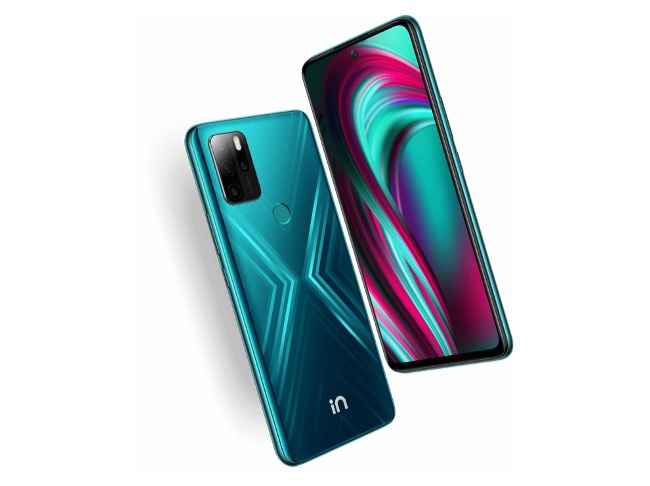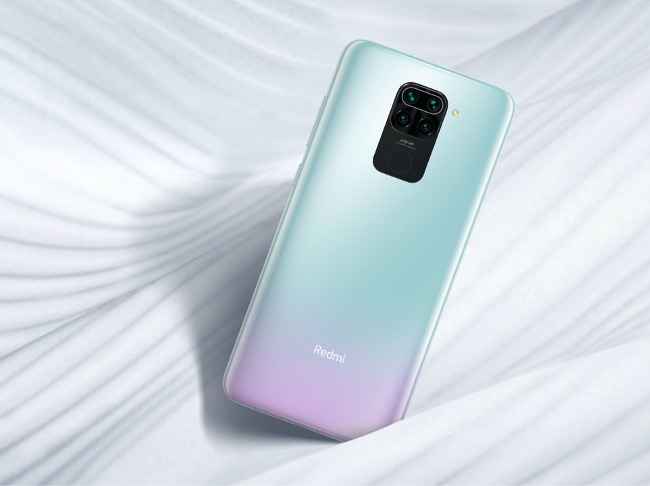Micromax In Note 1 launched earlier this week alongside the budget In 1B as the homegrown offerings to take on the Chinese smartphone giants including frontrunners Xiaomi and Realme. Micromax, once a top mobile phone brand in India fell victim to the onset of the smartphone brands from the neighbouring country. With the In Note 1, the company has risen from the ashes like a phoenix to take on the dragon that has now dominated the Indian smartphone space from the past few years.
Looking at the on-paper specifications, the Micromax In Note 1 competes aggressively with the Xiaomi Redmi Note 9 and the Realme Narzo 20 that were launched in July and September respectively. All three phones have a lot in common as these are made for users looking for a phone in the budget ranging between Rs 10,000 and Rs 12,000. That said, there are some key differences between the In Note 1, Redmi Note 9 and Narzo 20 that could make it difficult for potential buyers to choose between either.
Here’s how the Micromax In Note 1 stands against the Redmi Note 9 and Narzo 20 taking into account the specifications and pricing.
Micromax In Note 1 vs Redmi Note 9 vs Narzo 20: PricingMicromax In Note 1 is priced rather aggressively starting at Rs 10,999 for the base variant with 4GB RAM and 64GB storage while the Redmi Note 9 starts at Rs 11,499. The Narzo 20 undercuts both the phones as it starts at Rs 10,499 for the 4GB+64GB variant.
The In Note 1 and Redmi Note 9 are also offered in 4GB+128GB variant priced at Rs 12,999 while the Narzo 20 undercuts the two here with a price tag of Rs 11,499.
Micromax In Note 1 vs Redmi Note 9 vs Narzo 20: Design and Display
The In Note 1, Redmi Note 9 and Narzo 20 have a plastic build with a glossy back and are offered in multiple colours with gradient finishes. Out of the three, the Redmi Note 9 users water-repellent coating that make it hold-off water ingress to some extent.
The In Note 1 and Redmi Note 9, both measures 8.99 millimetres in thickness but the Narzo 20 is tad a bit thicker at 9.8 millimetres. The Narzo 20 is also minutely heavier at 208 grams while the Redmi Note 9 weighs 199 grams and the In Note 1 is the lightest of the lot at 196 grams.
There’s a 6.5-inch display on the Redmi Note 9 and the Narzo 20 while the In Note 1 has a slightly larger 6.6-inch display. The three phones use LCD panels for the screens and claim 450 nits of brightness. However, the display’s on the In Note 1 and the Redmi Note 9 have a Full HD+ resolution but the Narzo 20 is restricted to HD+ (1600 x 720 pixels) resolution. Additionally, Xiaomi goes a step ahead with topping up a layer of Gorilla Glass 5 on the Redmi Note 9.
The three phones are also different in their use of the notch design for the selfie cameras. While the In Note 1 and Redmi Note 9 use a punch-hole cutout in the centre and left-corner respectively, the Narzo 20 makes do with a waterdrop notch cutout.
Micromax In Note 1 vs Redmi Note 9 vs Narzo 20: Under the hoodThe Micromax In Note 1, Redmi Note 9 and Narzo 20 are all powered by the same MediaTek Helio G85 processor. The G85 debuted on the Redmi Note 9 and is aimed at improving the gaming performance on budget smartphones.
MediaTek Helio G85 is a 12nm SoC with an octa-core CPU that consists of two high-performance Cortex-A75 cores clocked at 2.0GHz and six power-efficient Cortex-A55 cores running at 1.8GHz. This is accompanied by the Mali-G52 MC2 graphics processor with a 1GHz clock speed. The G85 also features the company’s HyperEngine gaming technology that ensures a smooth gaming experience through dynamic resource allocation and efficient power management.

The In Note 1 and Narzo 20 are offered with upto 4GB RAM and 128GB storage while the Redmi Note 9 has a third variant with 6GB RAM and 128GB storage option to choose from. The phones also support storage expansion by using the dedicated microSD card slot.
All three phones have a different interface but are based on Android 10 features. The Micromax In Note 1 runs on stock Android 10 which means that it does not come pre-loaded with bloatware which can’t be said of the Redmi Note 9 and Narzo 20. The Narzo 20 runs on Realme UI while the Redmi Note 9 has MIUI 12 which is notorious for displaying third-party ads with Xiaomi receiving a lot of flak for it in the past.
The In Note 1, Redmi Note 9 and Narzo 20 come with the basic set of connectivity and sensor modules including support for Wi-Fi, Bluetooth 5.0, rear fingerprint sensors and USB Type-C for charging.
Micromax In Note 1 vs Redmi Note 9 vs Narzo 20: CamerasWhen it comes to the rear-camera setup, the In Note 1 and the Redmi Note 9 have quad-cameras to their disposal while the Narzo 20 has a triple camera array. The three phones feature a primary 48MP camera with an f/1.8 aperture and a 2MP macro camera that’s common across the board.
However, the In Note 1 and Redmi Note 9 also have an additional 2MP depth sensor. As for the ultra-wide-angle camera, the Narzo 20 uses an 8MP ultrawide camera with 119-degree field-of-view (FOV) while the Redmi Note 9 has an 8MP ultrawide camera offering 118-degree FOV and the In Note 1 makes do with a 5MP ultrawide camera with 115-degree FOV.

The In Note 1 has a 16MP selfie camera up front while the Redmi Note 9 gets a 13MP camera on the front leaving the Narzo 20 with an 8MP selfie camera.
Apart from the hardware, the cameras also differ in output as they are tuned by companies differently leaving a lot of elbow room for further optimisations in the future. We will have to test the cameras of the three phones in detail to come to a definite conclusion but just by looking at the on-paper specifications, Micromax does look at par in its approach.
Micromax In Note 1 vs Redmi Note 9 vs Narzo 20: BatteryThe Micromax In Note 1 is equipped with a 5,000mAh battery while the Redmi Note 9 has a 5,020mAh battery. The Narzo 20 however, features the biggest capacity battery at 6,000mAh out of the lot. The three phones support 18W fast charging out-of-the-box along with being compatible for reverse charging.
Also read how different are the two Micromax In series phones in our comparison of the In Note 1 with the In 1B here.
from Latest Technology News https://ift.tt/3jTsvfH









